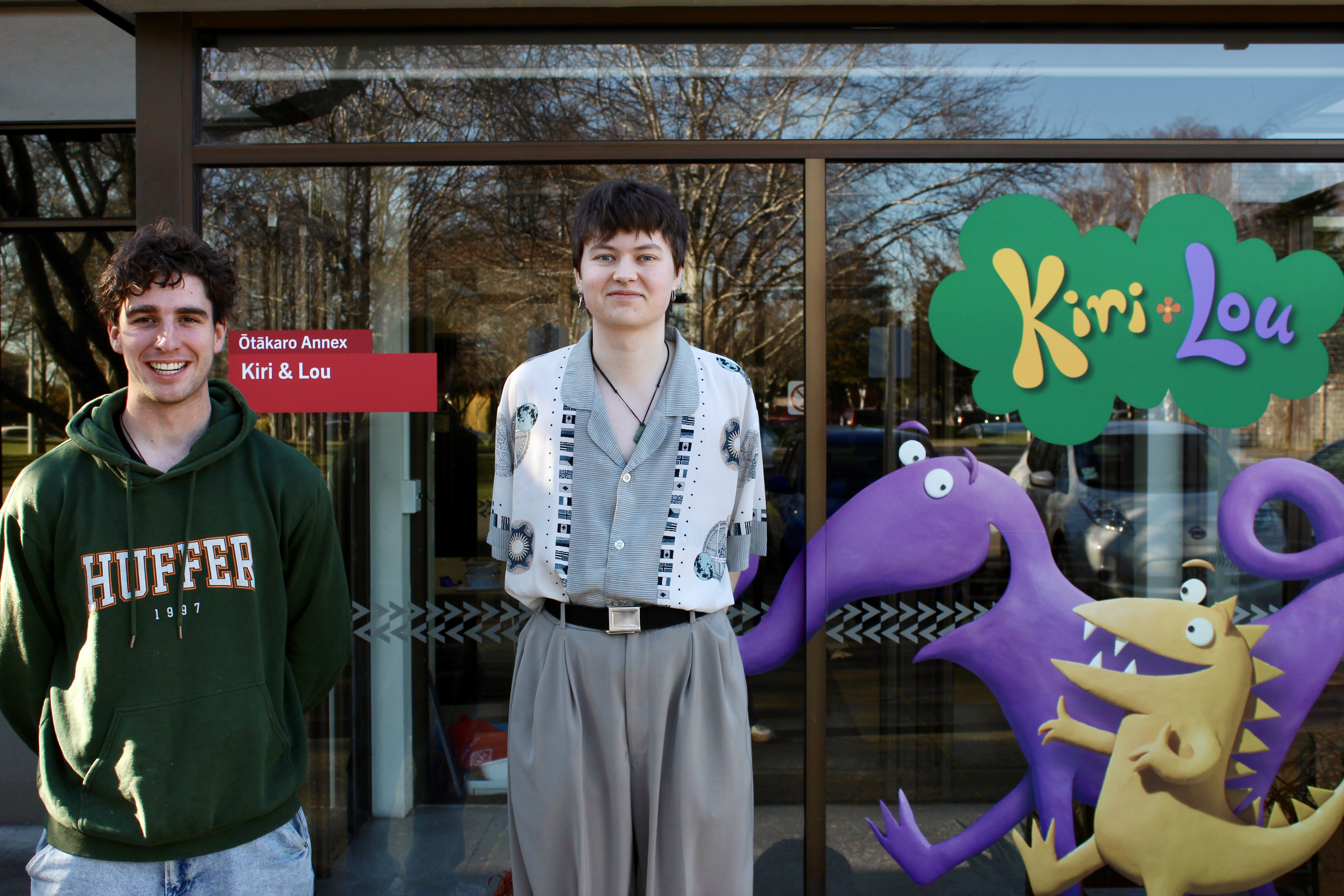But the increasing investment in e-mental health apps can ignore the shortcomings of technology.
As both a practitioner and researcher promoting mental health in communities, I see policy makers and funders dazzled by shiny new apps, which can divert the government’s investment in traditional – but costly – mental health care.
Here’s why we need more conversation and rigorous evaluation of e-mental health.
Technology to help mental health
There are 33 mental health apps listed on Aotearoa’s Health Navigator site, and another new bilingual mindfulness app was launched recently.
App development has accelerated since the pandemic, with three funded through the NZ$500 million COVID-19 response health package in 2020.
Digital infrastructure and e-medicine is a key priority nationally: this year alone, the New Zealand government earmarked over $600 million to invest in data and digital infrastructure in the health system.
Supporters claim technology can counter isolation, anxiety, provide therapy and accelerate access and quality of care. And while there are some who benefit from e-mental health innovations, more research is needed to develop and test e-mental health interventions.
A key challenge is that individual technological solutions build on the underlying assumption that individuals are responsible for their own health outcomes, without addressing the structural, political and social causes of ill-health.
Dependent on access to technology
Convenience and affordability are described as the most obvious advantages of local and international apps like Aroha Chatbot, Mentemia and Happify.
Yet while mental health apps might be affordable for a middle class resident of Auckland, Ahmedabad or Apia, e-mental health solutions depend on people being able to afford technology platforms (like smart phones) and data plans to drive them.
Digital technologies risk increasing disparities and often exclude the people who most need mental health support – older people, people with low incomes, and those with severe mental health problems. These high-need groups have been identified as those least likely to use e-mental health care.
Even when e-health solutions are provided free to the user through government health funding and investment, the research and development costs for digital health are high. This means mental health funding supports graphic design and tech companies instead of those who provide person-to-person care, which we already know is central for good mental health.
Other challenges that have emerged for large-scale implementation of e-mental health options include complex regulatory issues such as ensuring apps meet quality standards, and how such apps can be used across national borders. Apps also may not keep pace with new evidence and advances in mental health as well as clinicians can. And while there is often strong initial uptake and use, ongoing use of apps is less common.
Do the apps actually work?
Beyond the issues of access, other key questions need to be asked: do mental health apps work, and who do they work for?
There are clearly benefits for some people to have access to some form of immediate assistance via their phone or computer. But most research evaluating e-mental health care only looks at whether apps are appealing and easy to use.
Fewer studies assess whether e-mental health interventions improve mental health status or strengthen mental health long term. When e-mental health interventions are evaluated rigorously, usage in a trial setting is often over-reported compared to usage in the real world.
However pixels are not people, and e-mental health care is not a substitute for the genuine human connection that is core to mental health recovery. Human connection was identified as key in the post-earthquake period for Ōtautahi Christchurch, and globally during the COVID-19 pandemic.
Apps are not relational and rarely support building social connections and peer friendships. My own research has shown that, most of all, people with mental distress need support to build relationships, be socially included, participate in their communities and have the opportunity to participate in and co-design mental health care.
Addressing mental health also requires moving past the individual to the collective. It requires action to address the social and political factors that contribute to a person’s mental health.
Serious and complex global problems such as obesity, gender inequality, poor housing, colonialism, racism and barriers to social connectedness are the biggest causes of poor mental health. Apps can help some people as an adjunct to psycho-social care, but they cannot replace it.
This article was originally published on The Conversation.


.jpg)






